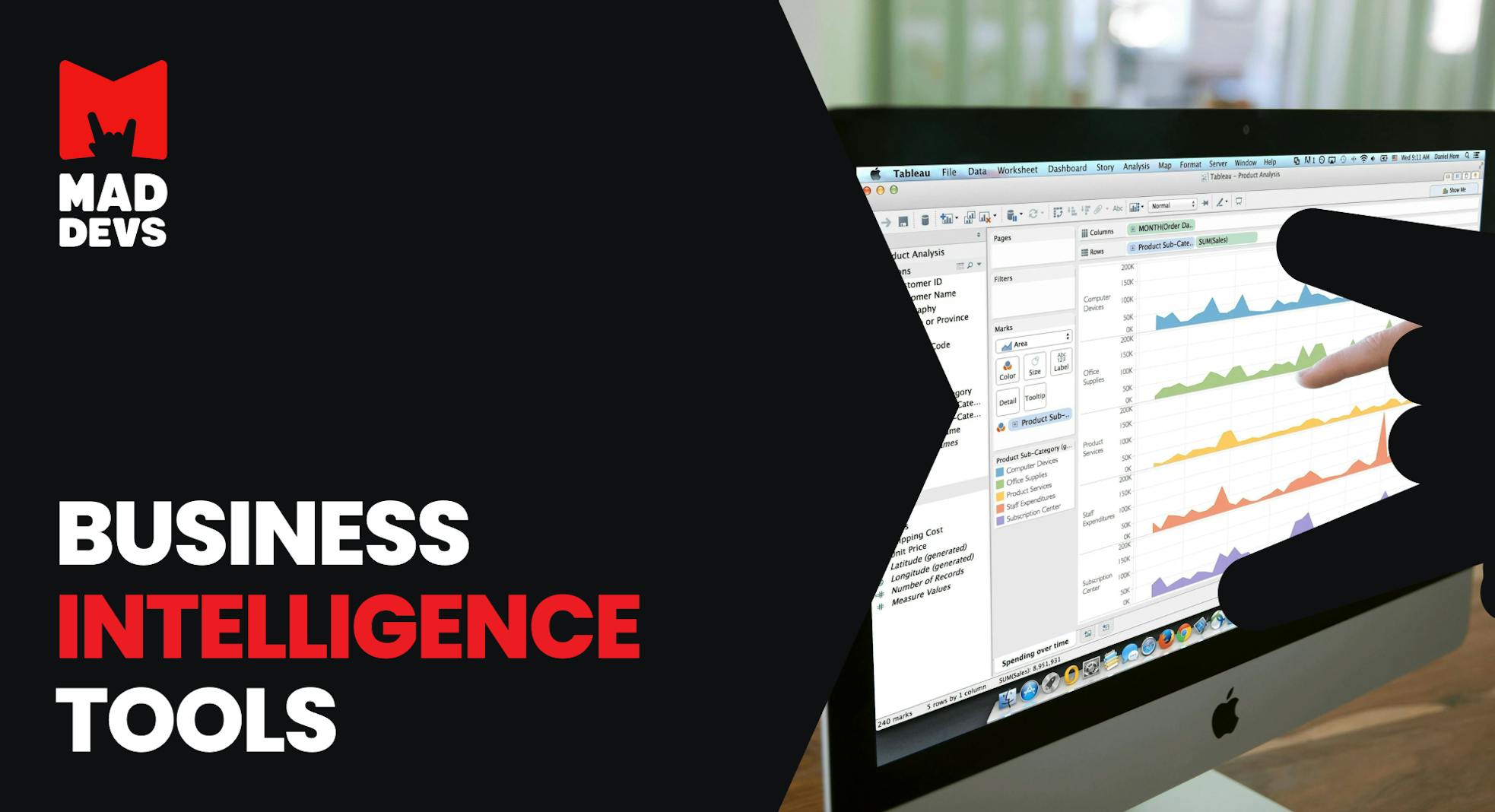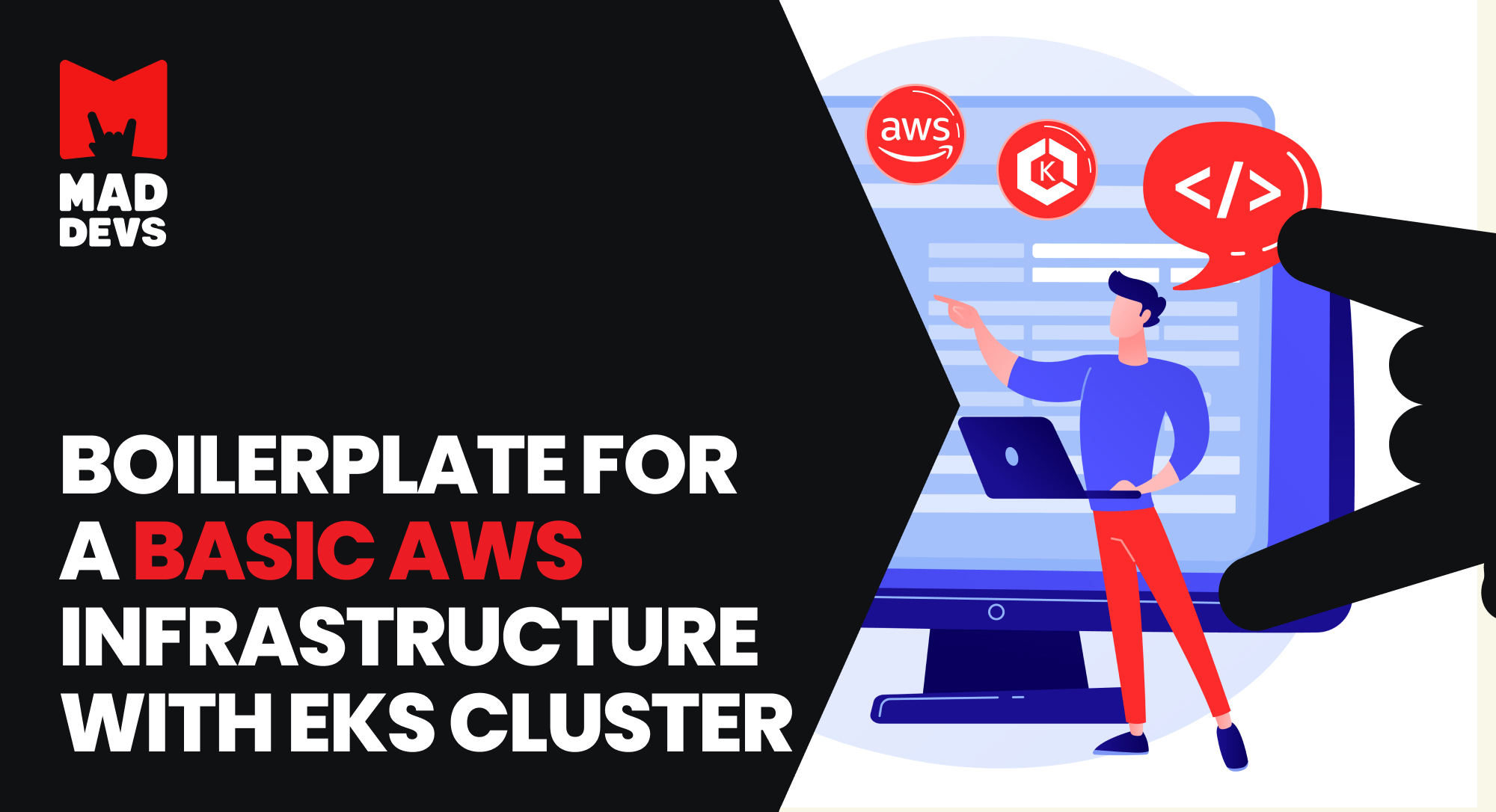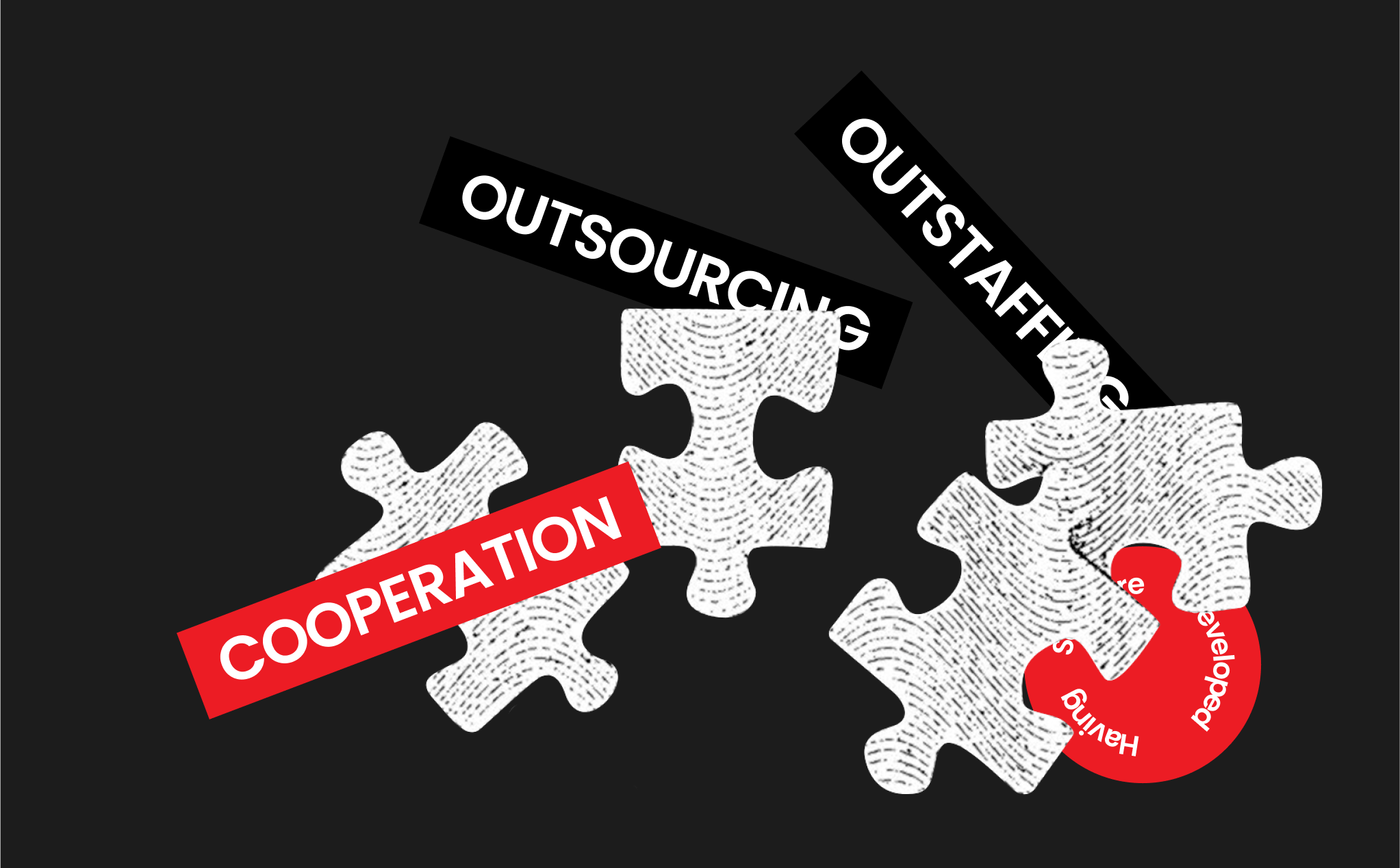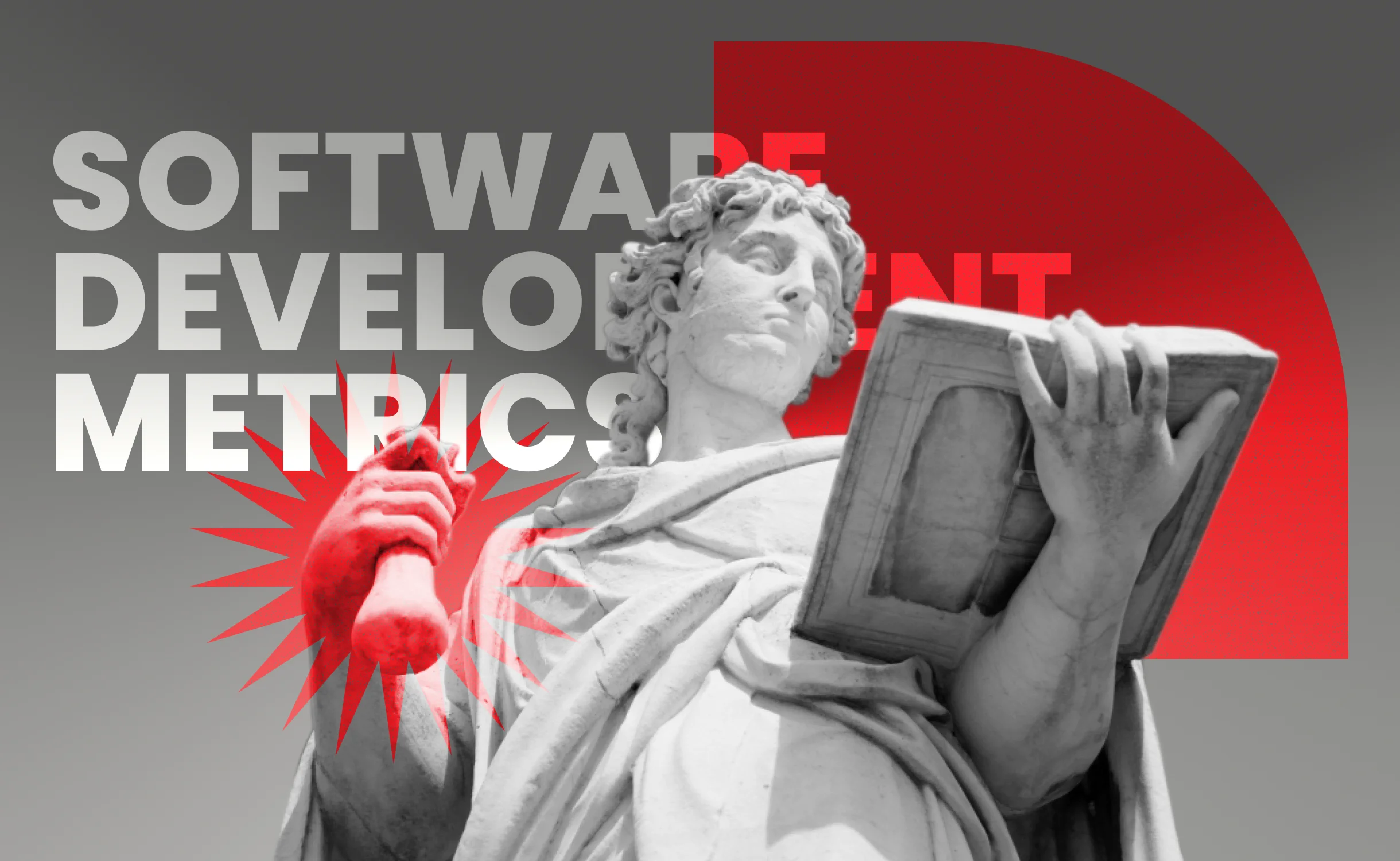What is common between startups and multinational corporations? Of course, it is the use of data to make strategic decisions. Today is the world of big data. So the information rules the show in management of the whole company as its departments. But often, employees do not have a convenient tool for processing and analyzing data, making operational management decisions.
Leave this problem in the past. This is an ultimate guide for business intelligence tools that help to provide visibility into a company's data.
But, first, let's look at some explanations and benefits of business intelligence (BI) tools.
What are Business Intelligence tools
BI tools are a set of technologies, software, and practices to achieve business goals through the effective use of available data. By enabling employees to visualize and analyze the data, they can make better decisions and improve their company's operations.
Unconditional advantages of BI tools:
- Show all data visually and in a structured way
- Collect all data sources between departments of the company on one platform
- Help to make informed decisions based on statistics
- Provide a massive field for new ideas to optimize your business and increase profits
Since business analysis systems are universal, they can be used in various industries to solve a wide range of problems. But this does not mean that they are not divided by type.
Types of BI tools
There are several types of business intelligence solutions that can provide various functionalities:
Business Intelligence Software - is a type of software that enables data scientists and analysts to collect, analyze, and visualize big data. It works seamlessly with various databases and allows them to explore and discover new insights. Some of the features of these tools include predictive analytics, big data analysis, and the ability to ingest and store unstructured data.
Self-Service Business Intelligence Software - allows users to create and publish reports and dashboards without requiring knowledge in data science or programming. They do not require deep coding expertise to implement and manage. Self-service tools are standard for organizations that are committed to cultivating a data-driven environment.
Embedded Business Intelligence Software - allows users to implement the technology inside their existing software easily. By doing so, they can help ensure that the data they're consuming is being used efficiently. They are primarily used by some software vendors who can integrate analytic capabilities into other applications.
Data Visualization Software - can help a business track and visualize key performance indicators and other essential data points in real-time. It's a tool that allows users to create reports and dashboards designed to work seamlessly across various departments and organizations.
Location Intelligence Software is a business analytics platform component that helps users identify relationships between various data sets and objects. It is also used to predict the location of objects and people.
Now that we have figured out the basics, it is time to move on to the one who works with business intelligence tools.
Who uses business intelligence software
So as we said, business intelligence tools should be adopted by various departments. At first glance, it seems that this may only concern data scientists and data analysts, but BI’s capabilities are perfect for fulfilling the duties of other teams.
They are:
Data Scientists and Data Analysts - are the primary users of BI tools. These specialists are responsible for creating complex queries and analyzing massive amounts of data to create reports and dashboards.
Sales teams - can use various BI tools to find insights into their sales performance. They can also use these tools to improve their pipeline forecasting and sales goals.
Marketing team - teams run various campaigns, such as email marketing, digital marketing, and billboard campaigns. They can use data visualization tools to keep track of these efforts in real-time, and they can then plan for future campaigns and measure their performance.
Finance team - typically stick to the tools they use for budgeting and forecasting. Combining data from various sources to manage makes it easier to understand the current situation, identify it, and identify expenses and income sources. It will be helpful to compare last year’s income statement with the current one. Also, they can better understand the factors that affect their bottom line. They can then inform their sales leaders about the areas where they can improve.
Operation and Supply Chain Team - by integrating data from various sources, such as an enterprise resource planning system (ERP), into a BI platform, businesses can quickly identify and improve processes related to the supply chain. This can help them properly manage their time and resources.
Thus, the range of functionality of BI software is very wide. And let's add the cherry on top because there are clear reasons why it is worth implementing them in your company.
Why do we use BI tools
In today’s world, it’s more important than ever to have solid Business Intelligence tools in place. There are many reasons to invest in a good BI system:
New customer insights: With Business Intelligence, companies can gain a deeper understanding of their customer’s buying habits and make better decisions by improving their products and services. This is also beneficial for bottom-line performance.
Improved visibility: A BI system helps organizations gain better control over their operations and processes. It enables them to identify areas for improvement and make changes accordingly.
Sales insights: Most sales and marketing teams want to keep up with their customers, and they often use a CRM application. This is because it's an integral part of their operations and can help them identify new customers and track existing ones.
Real-time data: Waiting for reports to be compiled and submitted for review is prone to human error, and it can be outdated before it gets submitted for review. With Business Intelligence tools, users can easily access and interpret data in real-time.
Competitive advantage: With BI tools, you can gain a competitive advantage by monitoring the activities of your rivals. This can help you plan for the future and make informed decisions.
Do you feel the wind of change with all of the information provided above? So, it means that you are ready. We present you with a list of the top business intelligence tools for everyday work duties.
Top BI tools
Microsoft Power BI
Desktop app for Windows lets users easily visualize and analyze data from various sources, such as local or cloud-based data. It features interactive dashboards and reports that provide real-time data analysis.
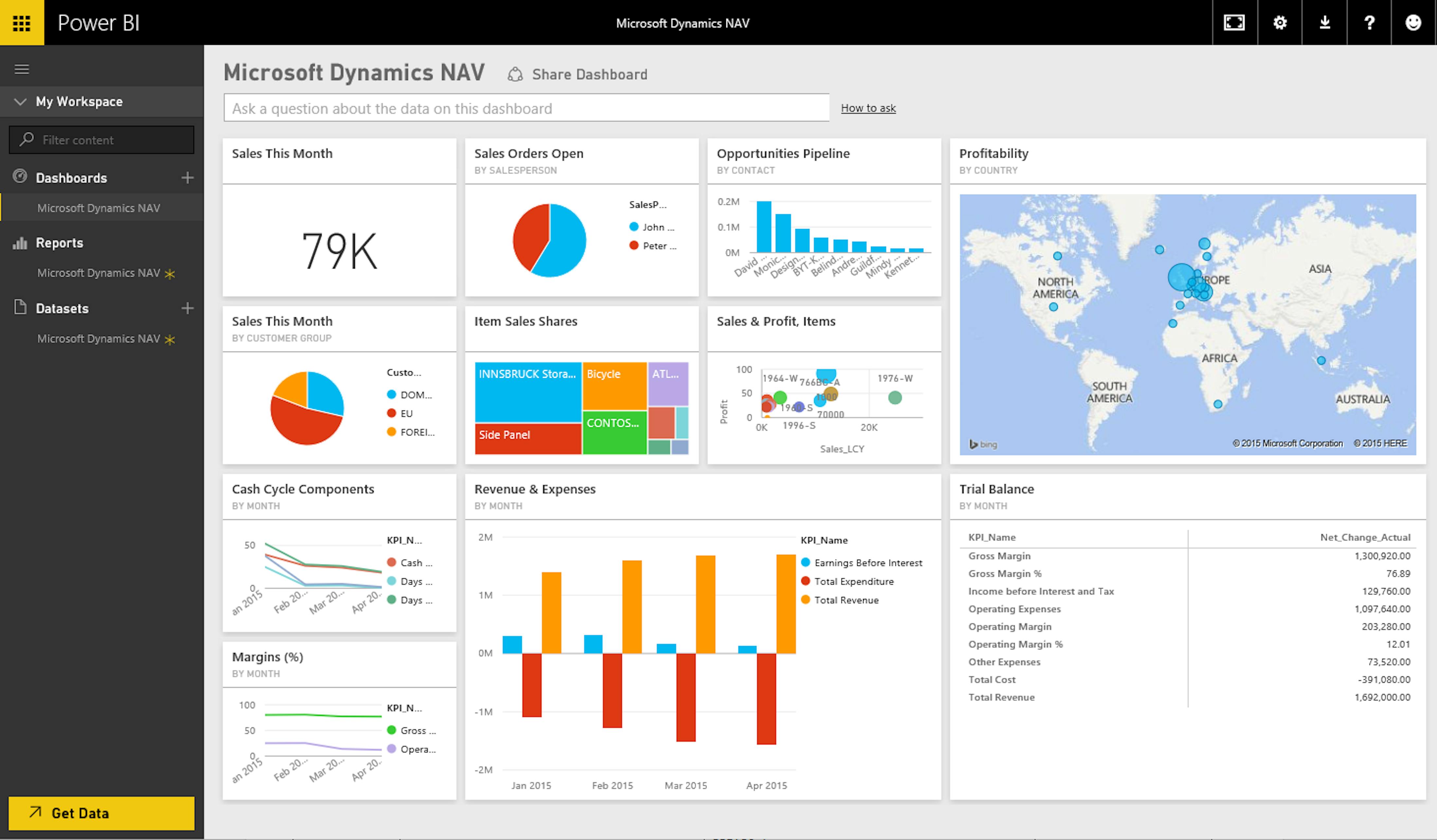
Key Features:
- Dashboards
- Data visualization
- Unregulated reporting
- Reporting and analytics
- Multi-user access
- Export reports
- Advanced reporting
- Administration
- Data import/export
- Self-service analytics
- Regular reporting
- API availability
Deployment:
- Cloud, SaaS, Web-Based
- Desktop - Windows
- Mobile - Android
Pricing:
Desktop: free;
Pro: $9.99 per month
Website: powerbi.microsoft.com
Tableau
The web service combines visual data preparation and analytic tools to provide an end-to-end analytical process. You can run it on-premises or choose to have it hosted by the company.
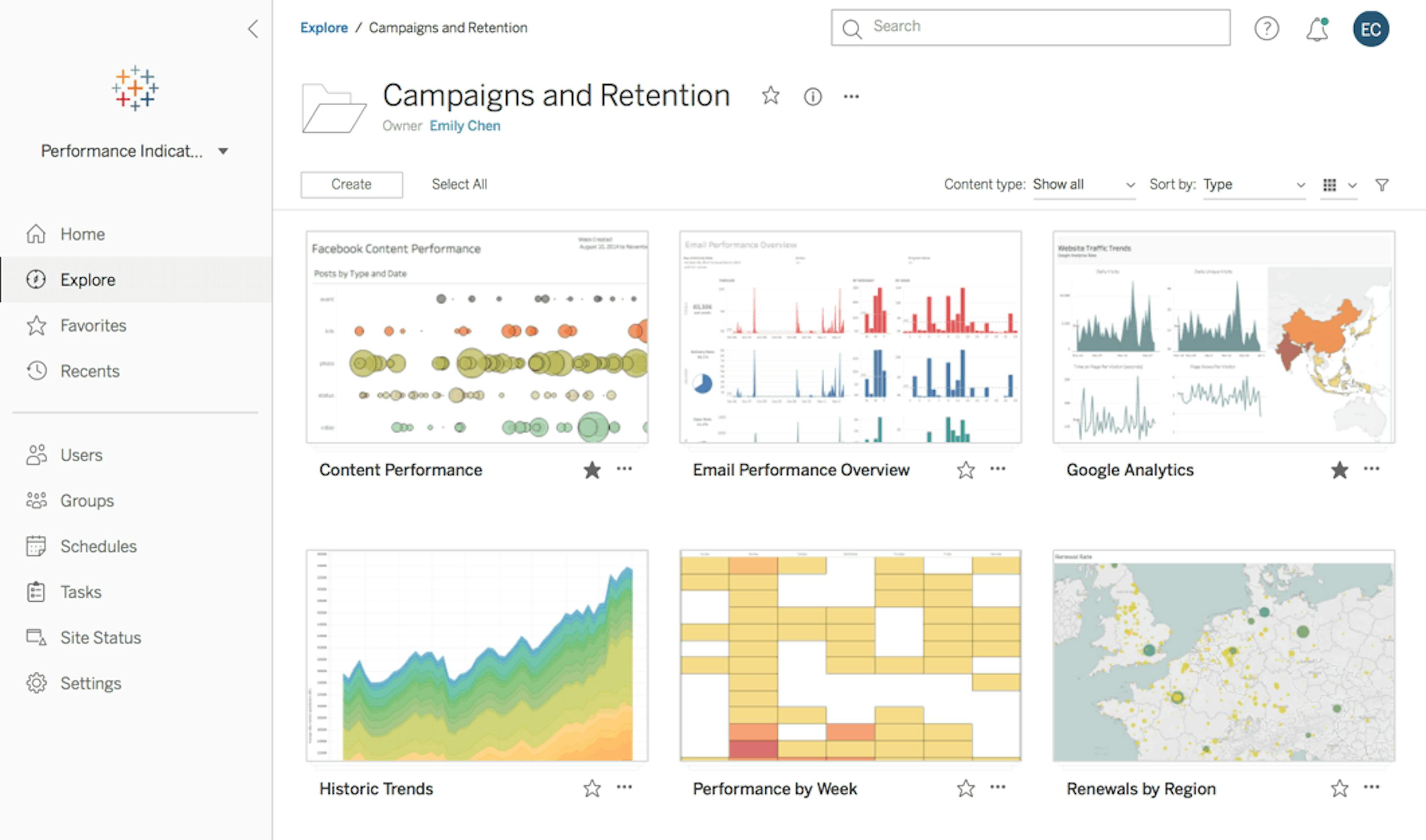
Key Features:
- Export reports
- Self-service analytics
- Data import/export
- Advanced reporting
- API availability
- Multi-user access
- Unregulated reporting
- Dashboards
- Regular reporting
- Reporting and analytics
- Administration
- Data visualization
Deployment:
- Cloud, SaaS, Web-Based
- Desktop - Windows/ Mac / Linux
Mobile - Android/ IOS
Pricing:
Free trial; $70 per user/month
Website: tableau.com
SAP Visual Analytics
The tool enables users to create and distribute interactive reports and analyses related to data. It features a variety of advanced capabilities, such as automatic suggestions and insights, text analysis, and map generation.
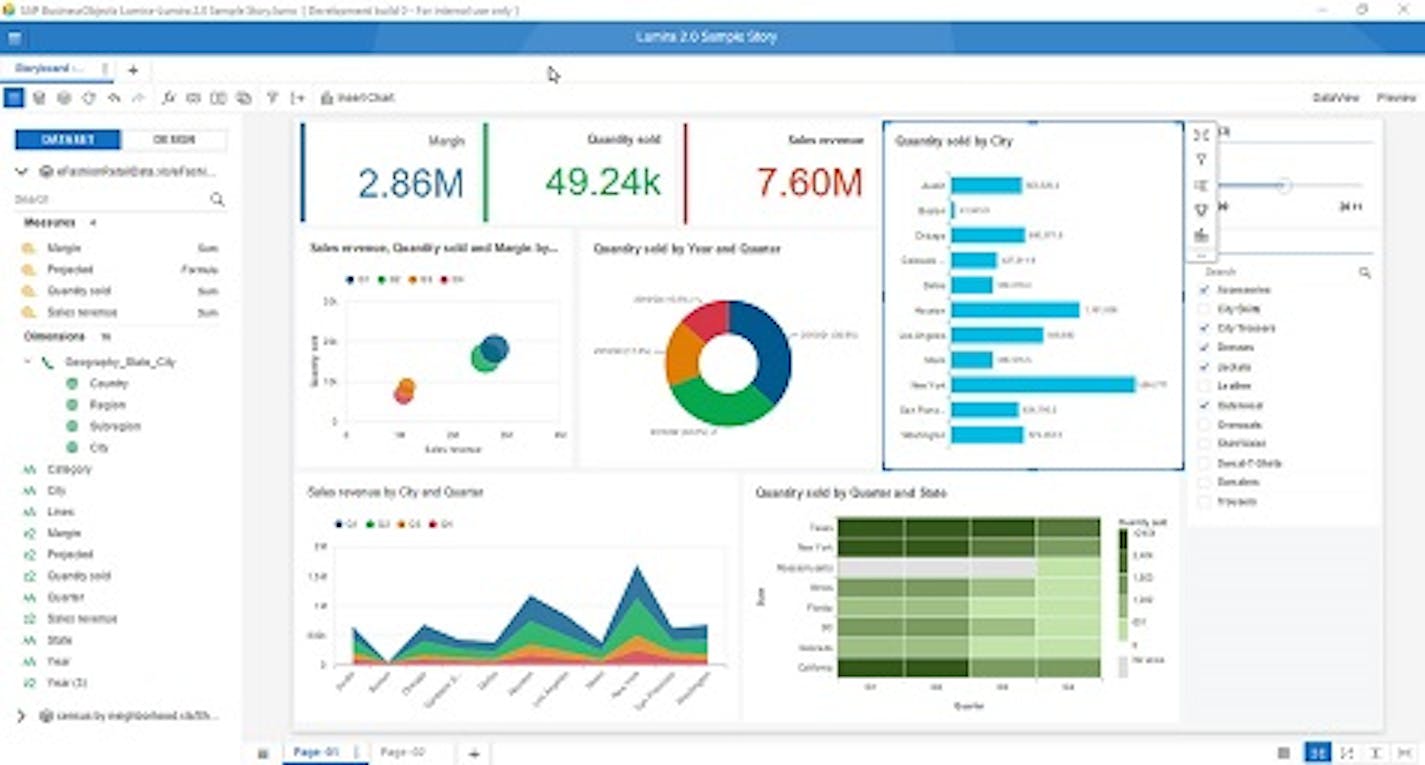
Key features:
- Data visualization
- Data import/export
- Multi-user access
- Unregulated reporting
- API availability
- Reporting and analytics
- Dashboards
- Advanced reporting
- Export reports
- Regular reporting
Deployment:
- Cloud, SaaS, Web-Based
- Mobile - Android/ IOS
Pricing:
Free trial; $25 per feature/month
Website: sap.com
Sisense
The service reduces the time and resources required to deliver intelligent insights. With smart suggestions and an intuitive visual interface, Sisense makes it easy for anyone to combine data.

Key features:
- Data import/export
- Reporting and analytics
- API availability
- Self-service analytics
- Administration
- Multi-user access
Deployment:
- Cloud, SaaS, Web-Based
- Desktop - Windows/ Linux
- Mobile - Android/ IOS
Pricing:
Free trial; on request.
Website: sisense.com
Qlick
The software helps to identify information that cannot be obtained using a standard query-based mechanism. An associative engine integrates data so that users can freely search and explore it, revealing implicit correlations and biases.
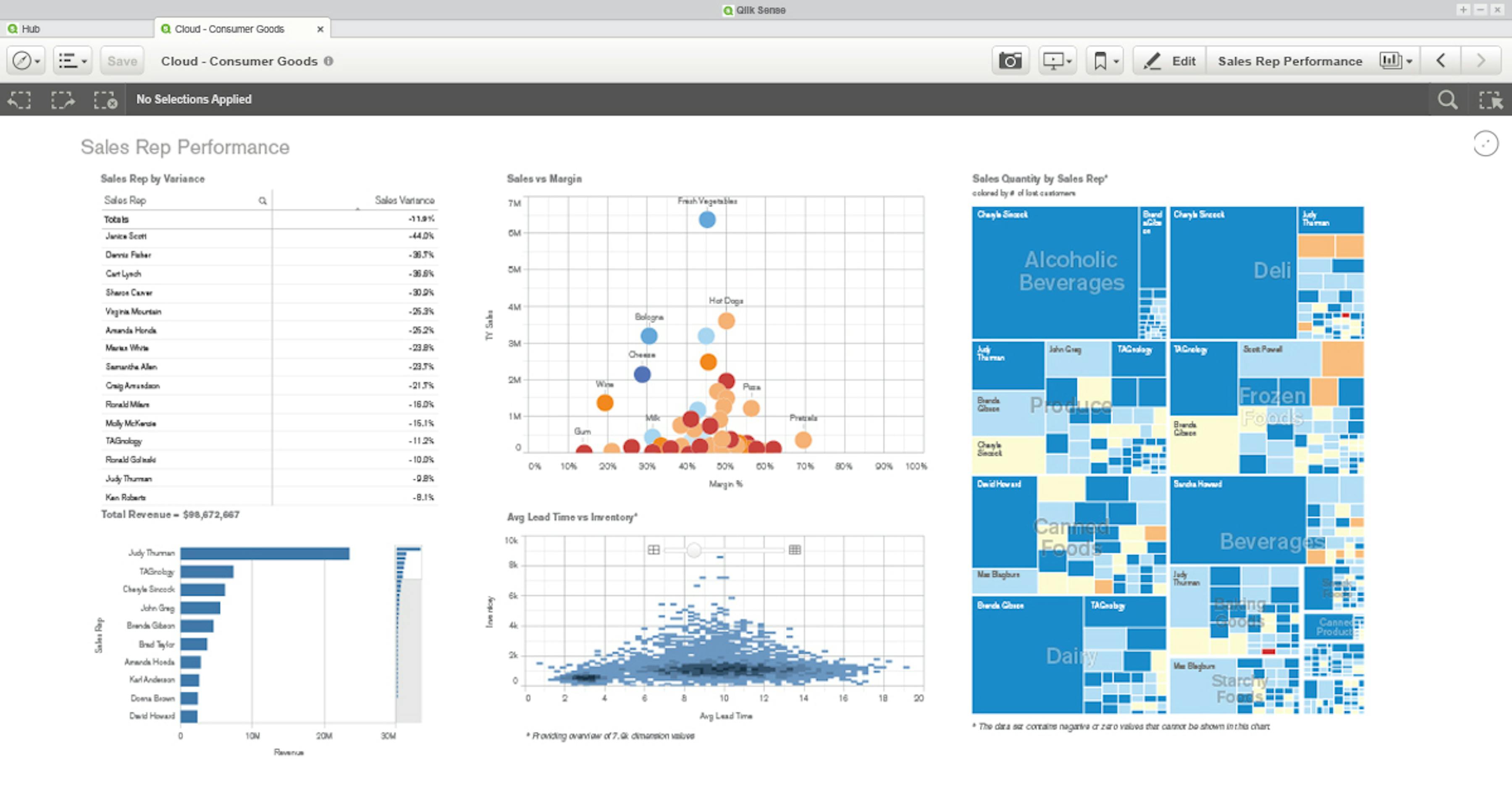
Key Features:
- Reporting and analytics
- Regular reporting
- API availability
- Data import/export
- Self-service analytics
- Data visualization
- Advanced reporting
- Balanced Scorecard (BSC)
- Export reports
- Unregulated reporting
- Dashboards
Deployment:
- Cloud, SaaS, Web-Based
- Desktop - Windows/ Mac / Linux
- Mobile - Android/ IOS
Pricing:
Desktop: free
Qlick Business: $30 per month
Website: qlik.com
The bottom line
In today’s world of big data, many companies experience difficulties in planning, execution, planning-fact reporting, and monitoring business performance since such processes are carried out manually or in different information systems and rely on disparate data. Business intelligence tools help you extract knowledge from large amounts of data that allows you to make management decisions based on intuition and facts. Therefore, there is a vast selection of BI software on the market. But there are also clear leaders that you should start using.

